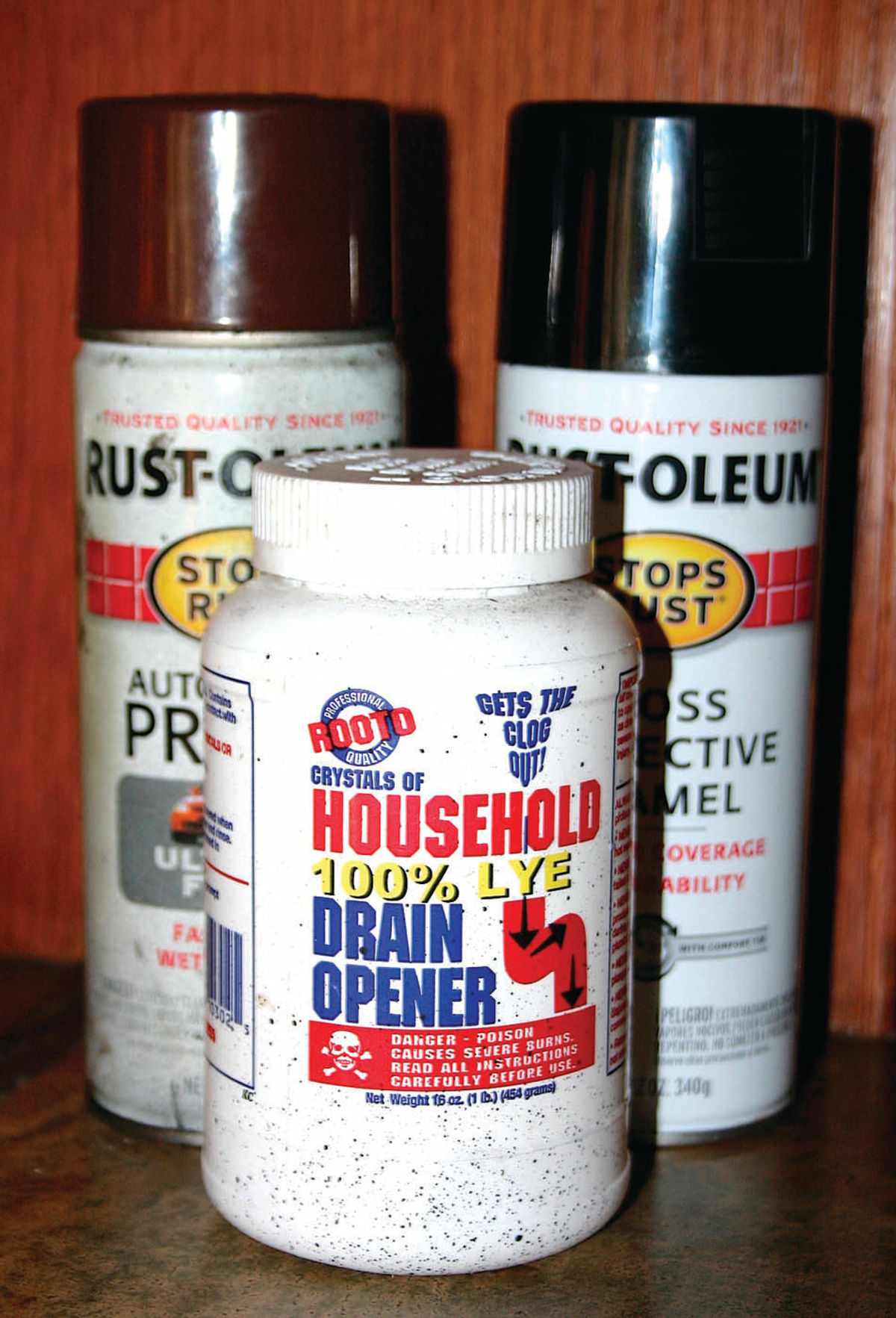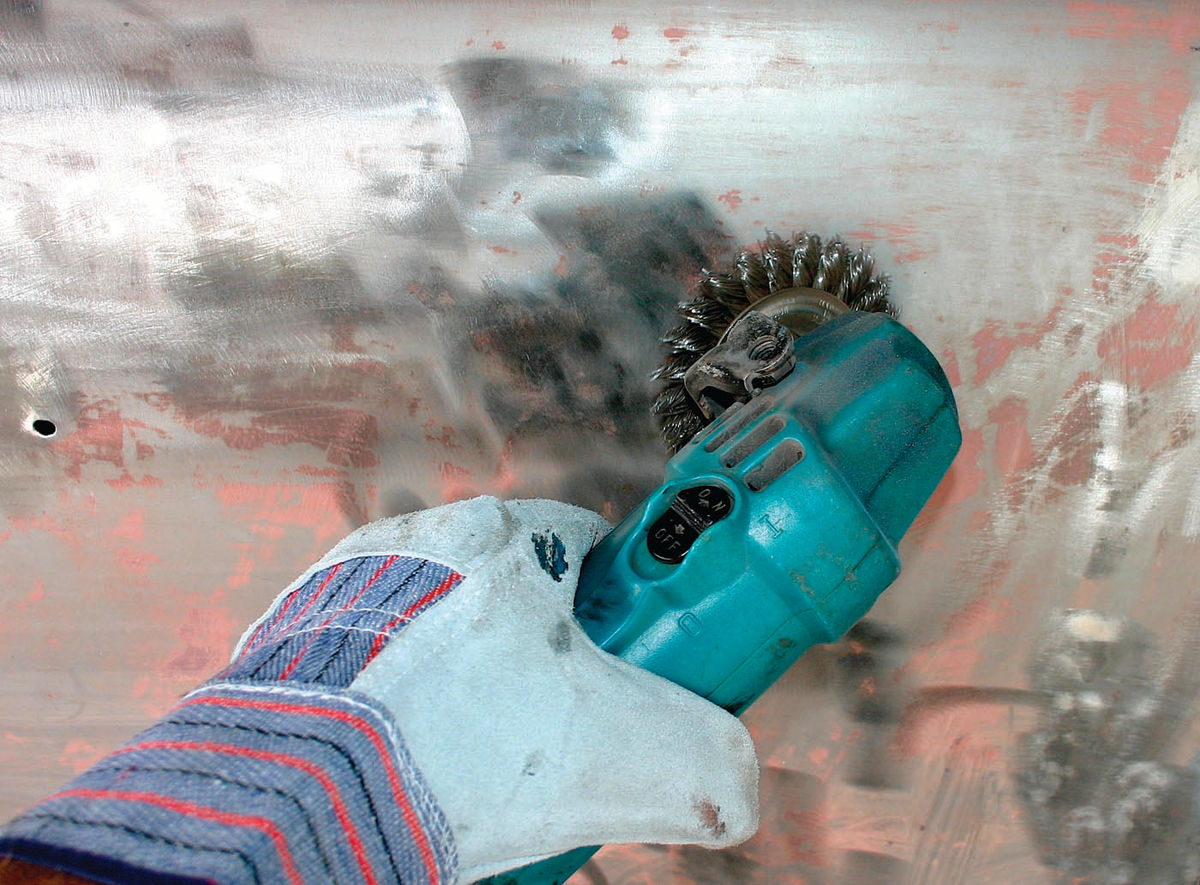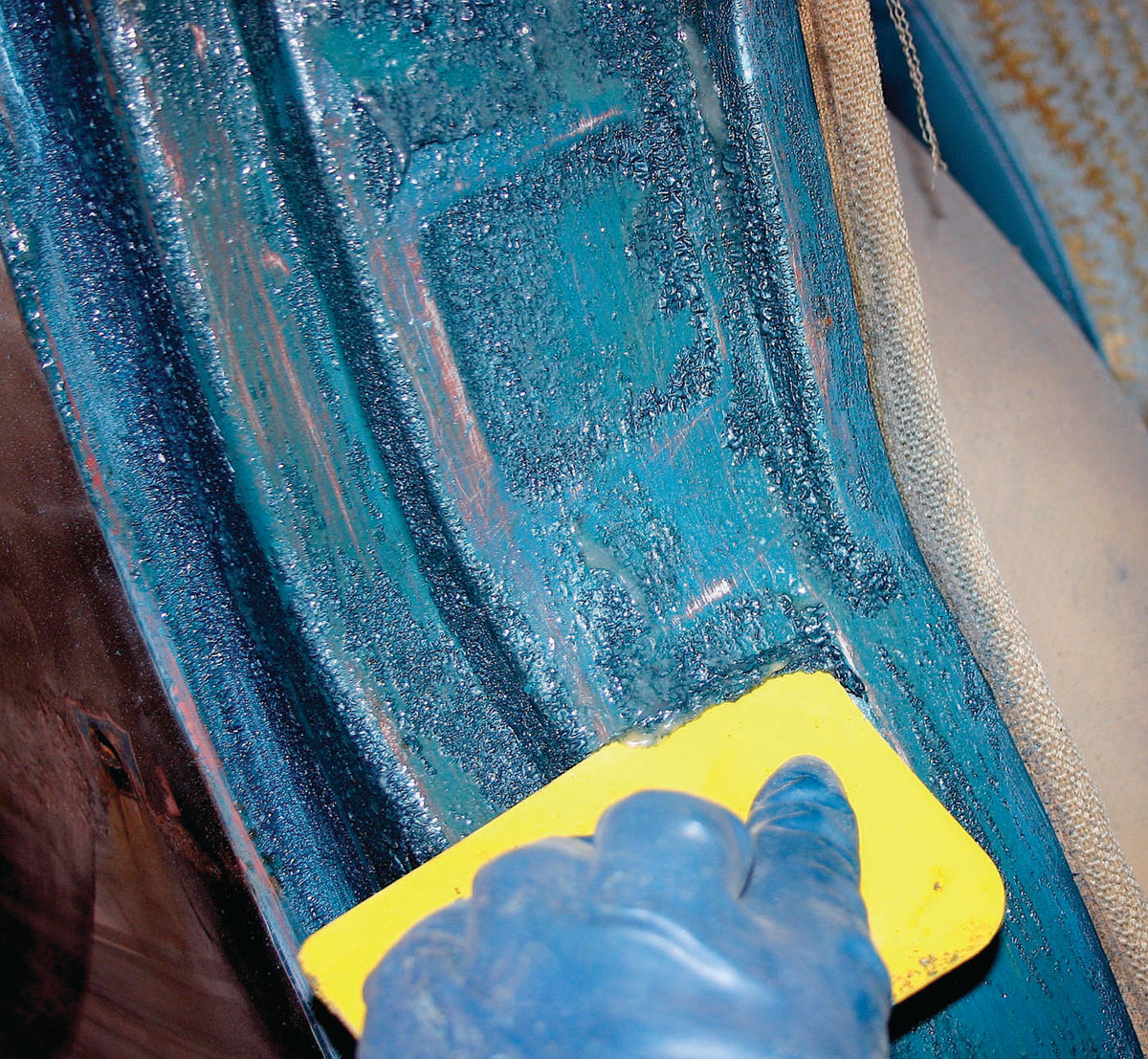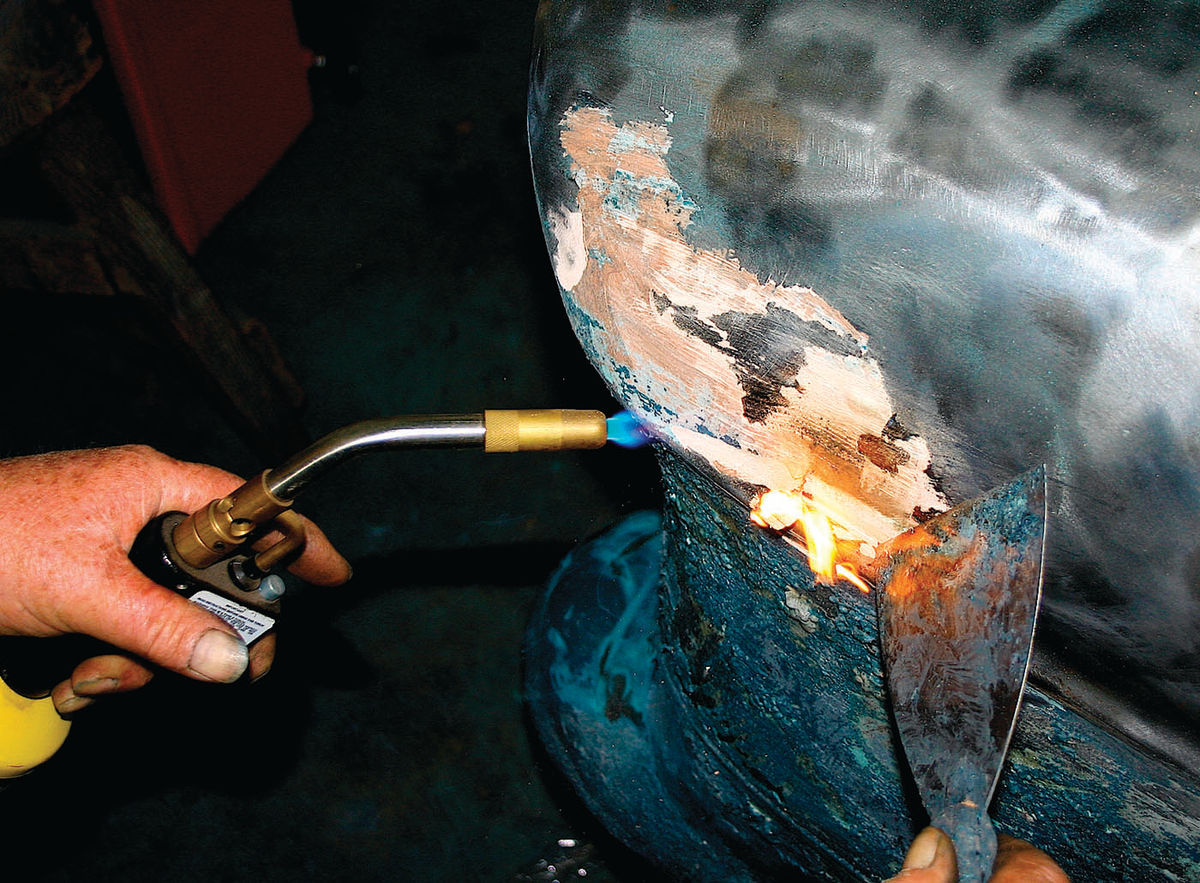Help me strip and clean some parts
Question:
I am in the process of restoring a 1963 Tempest and need to strip years of grease, rust and paint from a lot of chassis parts and repaint them. I am not sure of the best approach, and have not been able to find a paint stripper that works worth beans. I am not sure what is the best thing to do about rust, either. Any ideas?
Answer:
First, let’s start with a few safety admonitions. When you will be working with toxic chemicals such as paint strippers, most of which contain methyl chloride, you must take safety measures to ensure against injury. The chemicals used to get car parts clean and ready to paint are dangerous, so wear neoprene gloves, a long-sleeved heavy shirt, a facemask to avoid toxic fumes, and goggles to keep the stuff out of your eyes. Also, keep kids and pets away from your efforts at all times.
Do not smoke around paint stripper or lacquer thinner, and dispose of your refuse according to local environmental laws. These admonitions may seem a bit extreme, but I have scars on my arms from paint stripper, and I have heard horror stories from panel beaters about breathing the fumes of these chemicals.
Turning to the project itself, you will need to get all of the caked-on hardened grease and grunge off of parts. Sharpened putty knives work well, as do electric drills with wire wheels chucked into them. A squirt can with solvent in it is helpful too in order to clean the chassis if you are not doing a frame-off restoration. You only need to get the thick hardened stuff off before proceeding though, because lacquer thinner or other solvents will take off the minor coatings of oil and grease. In fact, even a strong solution of dishwashing detergent and water will remove light grease and oil.
After that, if you can spring for a sandblasting cabinet and the accessories that go with it, you will have a great tool for removing rust and paint and getting down to bare clean metal in a hurry. But if you don’t want to go to that much trouble and expense, there are other ways to proceed. The first and least expensive is to mix up a brew of crystal drain cleaner and hot water. Don’t get the liquid type drain cleaner because it won’t work. Use four cans of Drano to a washtub of hot water from the tap.
Be aware that this caustic brew will attack your skin and burn you if you get it on you. Work outdoors in a restricted area away from pets and children. Just drop your oily old parts in the tub and give the concoction about 20 minutes to work. It will remove grease and paint and leave you with bright clean metal, though it will not remove rust. Crystal drain cleaner will work on big parts and small depending on the size of your container and how much drain cleaner you put in.

As for rust, there are products like POR15 that will turn rust into crust and stop its progress, which is good for hard-to-reach places, but the optimum situation before repainting parts is to have clean, bright rust-free metal. Media blasting will remove rust, as will sandpaper and wire wheels. But whatever you do, don’t paint over even the lightest surface rust because it will eventually rear its ugly head and be nastier than ever.

Once your parts are down to clean bare metal, use a good metal etching solution to develop an adherence “tooth” for the paint. And as soon as the parts are dry, shoot on a coat of primer, and then paint them so new rust won’t have a chance to develop. I particularly like Rust-Oleum semi-gloss enamel for this purpose because it has excellent rust-preventive properties. You can shoot RustOleum with a spray gun or even rattle cans and it will hold up well for years.
To get paint off of body panels, you will need a good stripper such as Klean Strip Aircraft Paint Remover (kleanstrip. com). Have plenty of old newspaper on hand to wipe things up, and have a water supply nearby. Make sure you work in a well-ventilated area secure from pets and children, and put those Marlboros on the shelf. Put on neoprene gloves, goggles and a mask and you are ready to go.
The more paint that is on the car, the longer it takes to strip it. Slop on the stripper in a heavy coat, and don’t brush back through it. Now be patient. The stripper will take about 15 minutes at 70 degrees, but will take longer in colder weather, or you may have to put sandwich wrap over it in hot weather to keep it from evaporating too soon.

Scrape the paint off with body filler spreaders or a putty knife, and use coarse steel wool in stubborn places. String is good for getting down into grooves. When the car is completely stripped of paint, rinse it thoroughly to flush away all of the stripper, as it will ruin your new paint job if you don’t remove it.

Aircraft stripper ruins plastic filler so all of that will have to be removed too. A propane torch and a little heat will soften it and then you can just pop it out with a putty knife. Again, once the part is dry, apply metal prep and then give it a coat of waterproof primer as soon as possible. Stripped bare metal can flash over with rust in as little as an hour in humid weather.
















